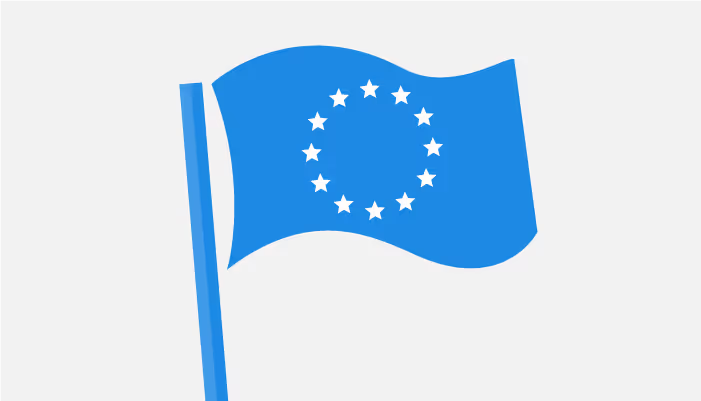How much does GDPR compliance cost?

Ernst & Young, a global professional services firm, reported that the world’s 500 biggest corporations are on track to spend a combined total of $7.8 billion to comply with GDPR. That’s a significant impact on the industry overall, but what about individual businesses? One of the most common questions we get is, “How much will GDPR cost me?”
Check out GDPR Defense for small businesses.
The answer is more complicated than a basic dollar amount. There are many factors that will scale the cost of your GDPR implementation–for example, the size of your organization or the types and volume of personal data your organization handles. There are also different steps and phases in the GDPR compliance process and each comes with its own unique costs and time requirements—from the data discovery process, to customer GDPR privacy notifications, to training employees.
See also: GDPR 101 Webinar
The most relevant question you should ask is: Does your organization process personal data of EU persons? If not, then GDPR does not apply to you. If you do, you should read through the following factors to better understand what might be required of you:
See also: GDPR 101 Part 1
After answering these questions, start a GDPR gap assessment to identify areas for improvement and help your organization develop a roadmap to achieve compliance.
Depending on the factors mentioned above, your roadmap to GDPR compliance will include some or all of the steps below. And, the true cost to comply will depend on how and at what scale each step is completed.
Chances are, you‘re not required by law to formally appoint a DPO to oversee GDPR compliance. However, it’s a good idea to assign an internal employee or team of employees to be in charge of GDPR efforts. If you are required to appoint a DPO, you might assign an individual within your company ($) or hire a third party to fulfill this duty ($$$).
This mandatory step is an important one. You must map the flow of protected data into, out of, and within your organization. As you record the processing activities, you must identify the purposes for processing personal data and any transfers of personal data to countries outside of the EU. The amount and categories of data you handle will affect the cost of this step for you. A low volume of data ($) will obviously take less time and money, while large volumes of data ($$$) will cost more. The number of processes and number of data types will also play a significant role in the final cost.
A gap assessment will include a comparison between current controls, policies and procedures vs GDPR control requirements ($$$). During your gap assessment, you’ll start by asking--Do we have adequate policies and procedures in place to address data subjects’ rights defined in the GDPR? If not, you’ll need to implement or update (step 4).
This is the step where you’ll implement and update initial and ongoing policies and procedures to address GDPR data protection requirements ($-$$).
To verify you are addressing all aspects of the data life cycle and rights of data subjects, you should modify your processes to be GDPR-compliant ($$$).
See also: GDPR 101 Part 2, GDPR 101 Part 3
Employee security training is always important but even more so when implementing new controls related to GDPR compliance. You don’t want your hard work, planning, and investment to go to waste because you skipped training employees ($-$$). You can find ideas to train employees on security here and here.
Compliance monitoring oversight responsibilities should be assigned internally. Monitoring compliance involves many departments: IT and Operations, Development, Marketing, Sales, etc. It involves training employees, following up on that training, and investing in the security technologies needed to ultimately protect and honor data subjects’ rights. ($$$$)
Note: At any time, you could consult legal counsel to advise and support you in completing these steps. You might seek legal help to draft privacy notices or add data protection requirements to contracts with data processors, who may process personal data on your behalf.
Obviously, legal costs will augment the total costs of GDPR compliance.
See also: PCI vs. GDPR Blog and GDPR FAQs
It’s worth noting that there are possible inherent and external costs for not complying with GDPR. Fines from supervisory authorities in the EU can reach up to 20 Million Euros or 4% of annual global revenues, whichever is greater. Protecting the rights of data subjects is a serious business, and as the value of personal data rises, so could fines.
If you have questions about GDPR, PCI compliance, HIPAA, or general data security, please contact us here.